Exploring the Past: Unveiling the Rich History of Chumphon-Ranong through Historical Tourism
Exploring the Past: Unveiling the Rich History of Chumphon-Ranong through Historical Tourism
Hello, how's it going? I'm back to touch base with you once more! This time, I've got an article about a trip I took on a historical route as part of a project called Artificial Intelligent Platform Development for Metaverse Historical Tourism (AI-MHT). It's a collaboration project between National Research Council of Thailand (NRCT) and the Artificial Intelligence Association of Thailand (AIAT). It went down from July 19th to 21st, 2023. And I’m here to share this cool experience with you!
So, what we're working on here is basically using AI, technology, and data which is about Suvarnabhumi area to help bring in more tourists and cash for the Chumphon and Ranong areas.
Someone might be wondering, what exactly is the Suvarnabhumi area? Does it have anything to do with Suvarnabhumi Airport? Well, even though they share the same name, they're not related at all. Suvarnabhumi area is located in Chumphon and Ranong provinces. Back in the day, this area was known as Golden Land. Interestingly, there used to be a trade route known as the Suvarnabhumi Route. It was a path where traders and long-distance travelers came to engage in business in the lands of Southeast Asia.
So, whenever there was trade happening in an area, it would thrive, right? Suvarnabhumi was no different back then. It was a hub of production, with lots of trading activities and people living their lives. In this area, there were also harbors, warehouses, and artisan communities. All of this points to a period of prosperity. If you're interested and want to dive deeper into the details of the project, feel free to click on this link!
I've shared some basic info about this project already. Now, let's dive into the trip together!
Chumphon National Museum
Let's kick things off at the Chumphon National Museum. According to the schedule, the event starts at 9 AM and wraps up around noon. However, the museum visit itself won't really get going until around 11:30 AM. So, we'll actually be starting from that point onwards.
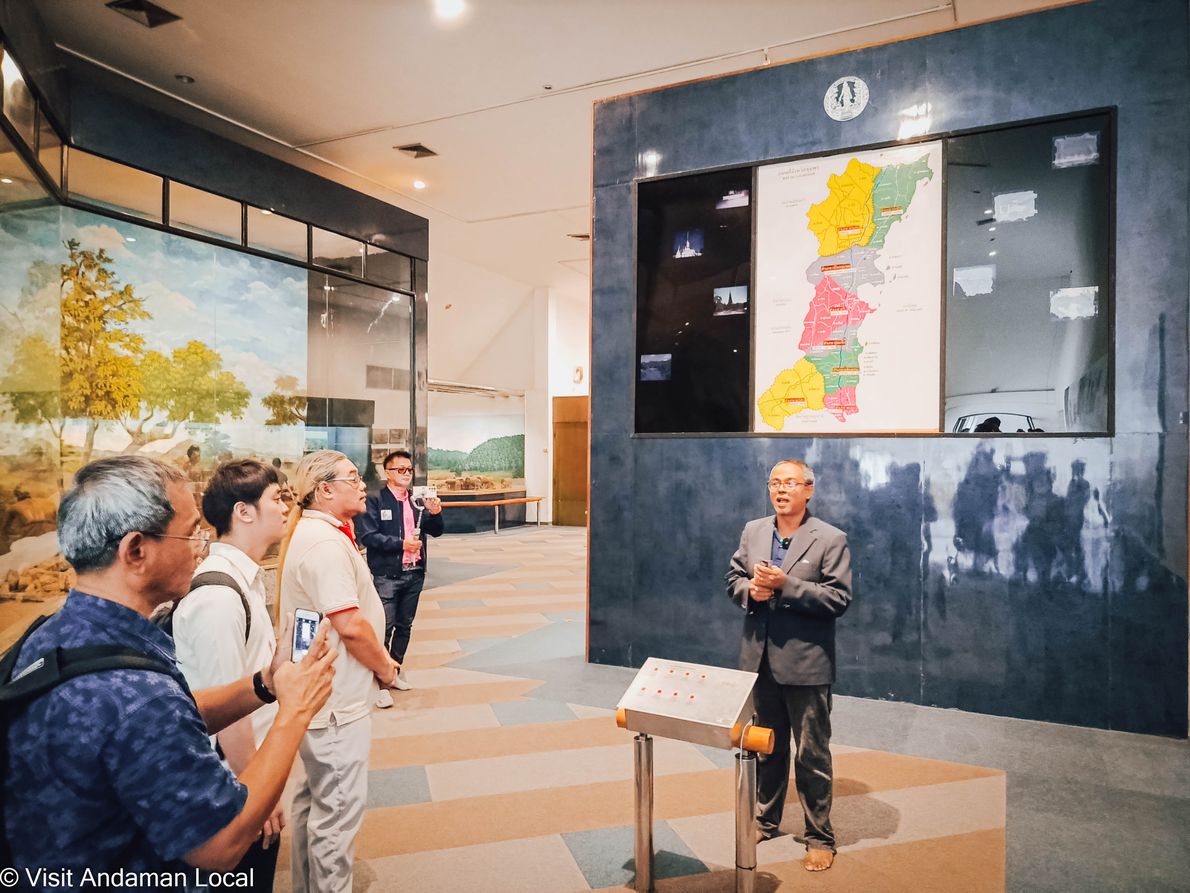
The museum will be on the second floor. You just walk up the stairs, take a left, and the entrance will be there. This time Mr. Ekaraja Chanakan, the curator, showed us around and gave us the lowdown on the exhibits inside the museum.
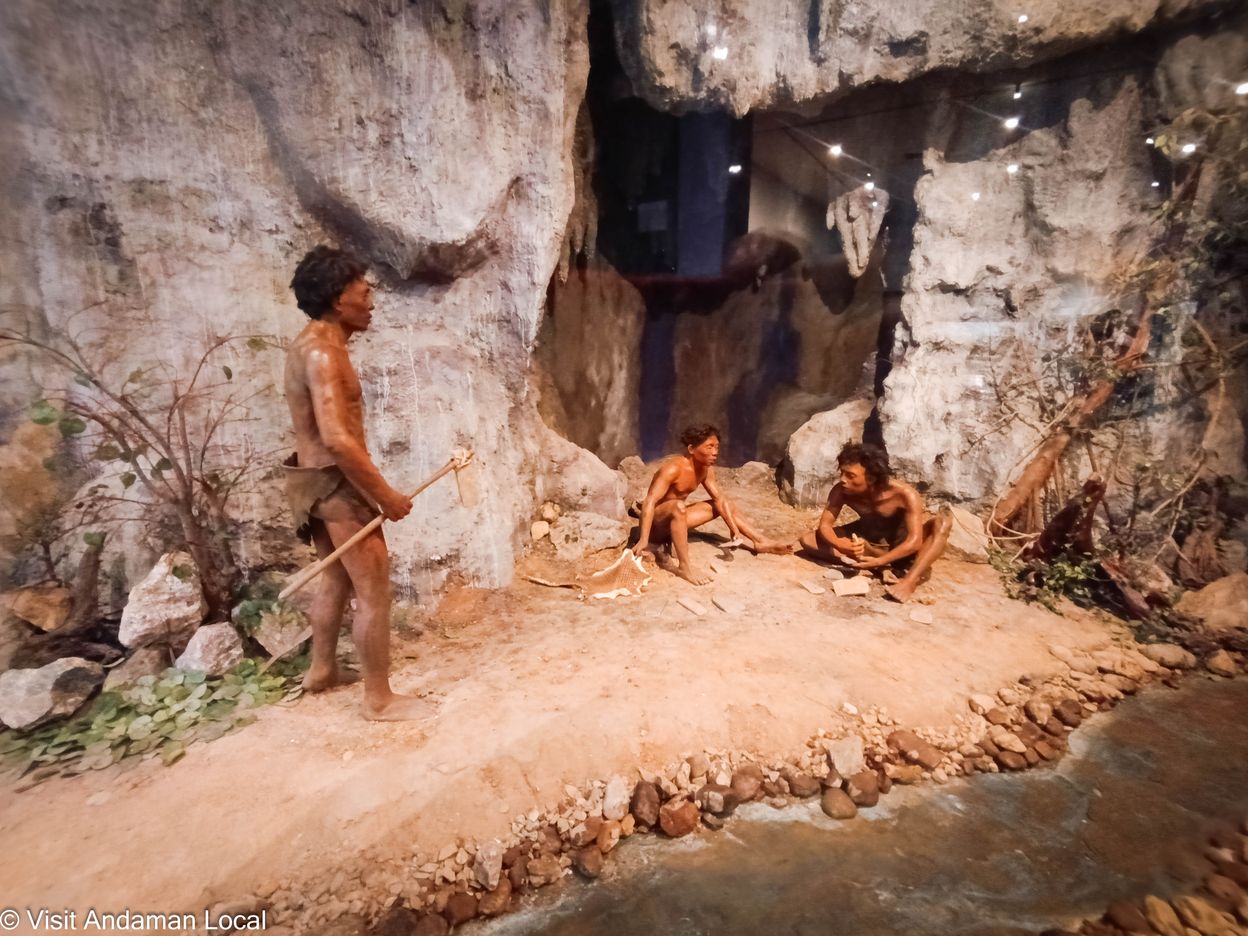
When we walked in, the first thing that caught our attention on the left was a humanoid model from prehistorical period, nestled in Chumphon. It vividly depicted the way of life back then. Looking at it, we could easily see how people in that era had begun crafting tools from stone and metals, creating pottery from fired clay, and even crafting intricate ornaments. Not to mention, there were also colorful paintings illustrated on the cave wall.
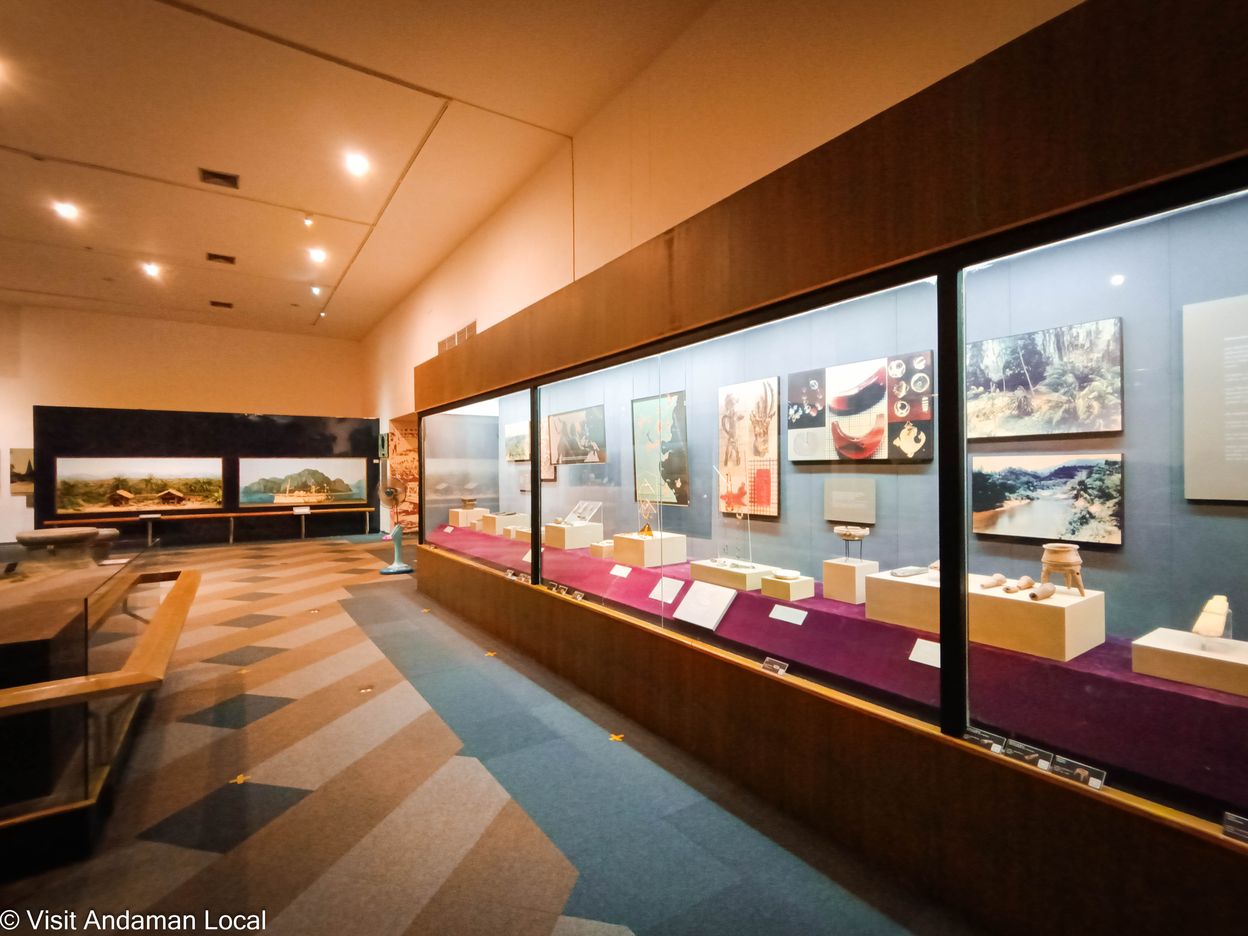
The museum also has displays of ancient artifacts with short explanatory labels, along with their discovery sources. For example, prehistoric pottery pieces have been found in archaeological sites in Chumphon province. There are also fragments of three-legged prehistoric pottery discovered at Chan Rean cave in Tambon Tako, Thung Tako District, Chumphon Province, and so on.
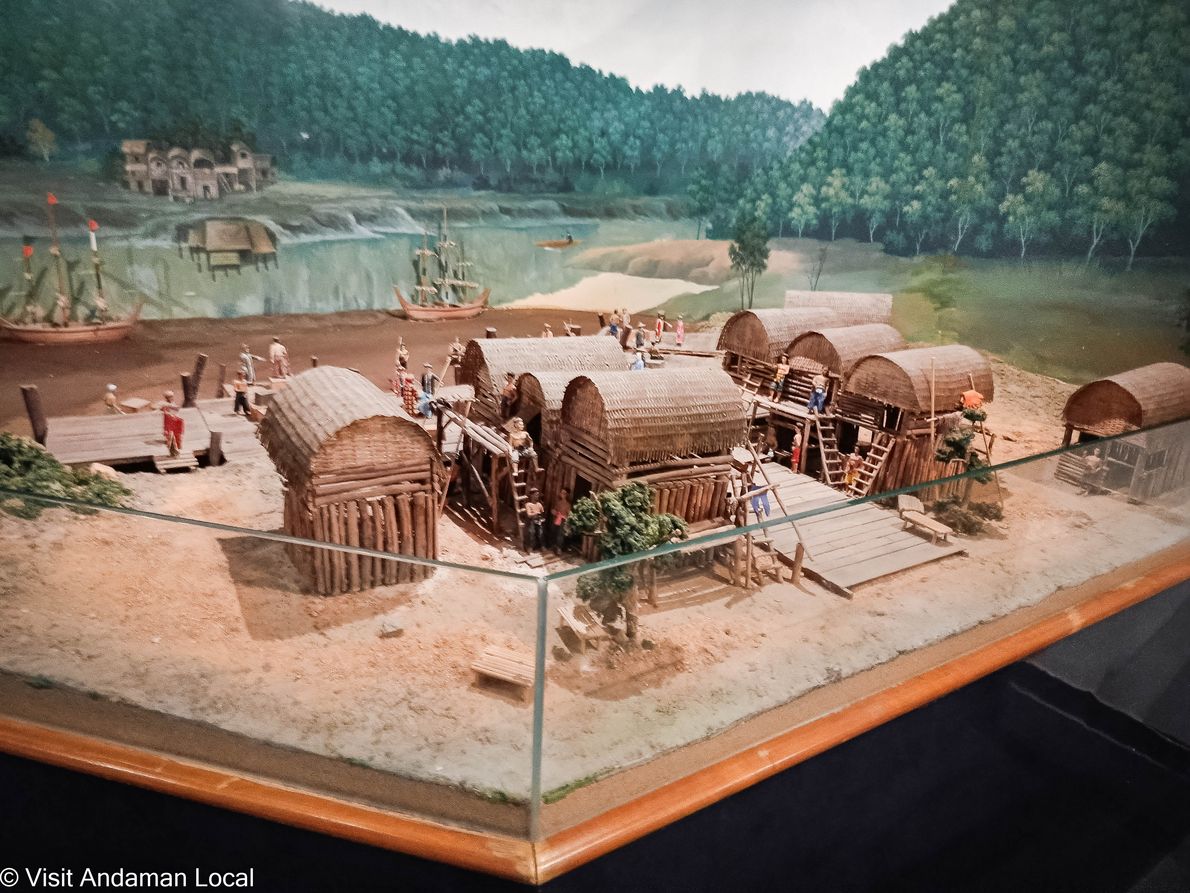
Well, before this, we've actually seen how people used to live back in the prehistorical period in Chumphon. If you take a little stroll further to the left, you'll come across a model of trading in the ancient port city of Tha Kheao. That place was one of the earliest ports in the South China Sea, way back in the prehistorical period. Tha Kheao was the pioneer port city with an urban layout and industries. And it's also situated along the Silk Route.
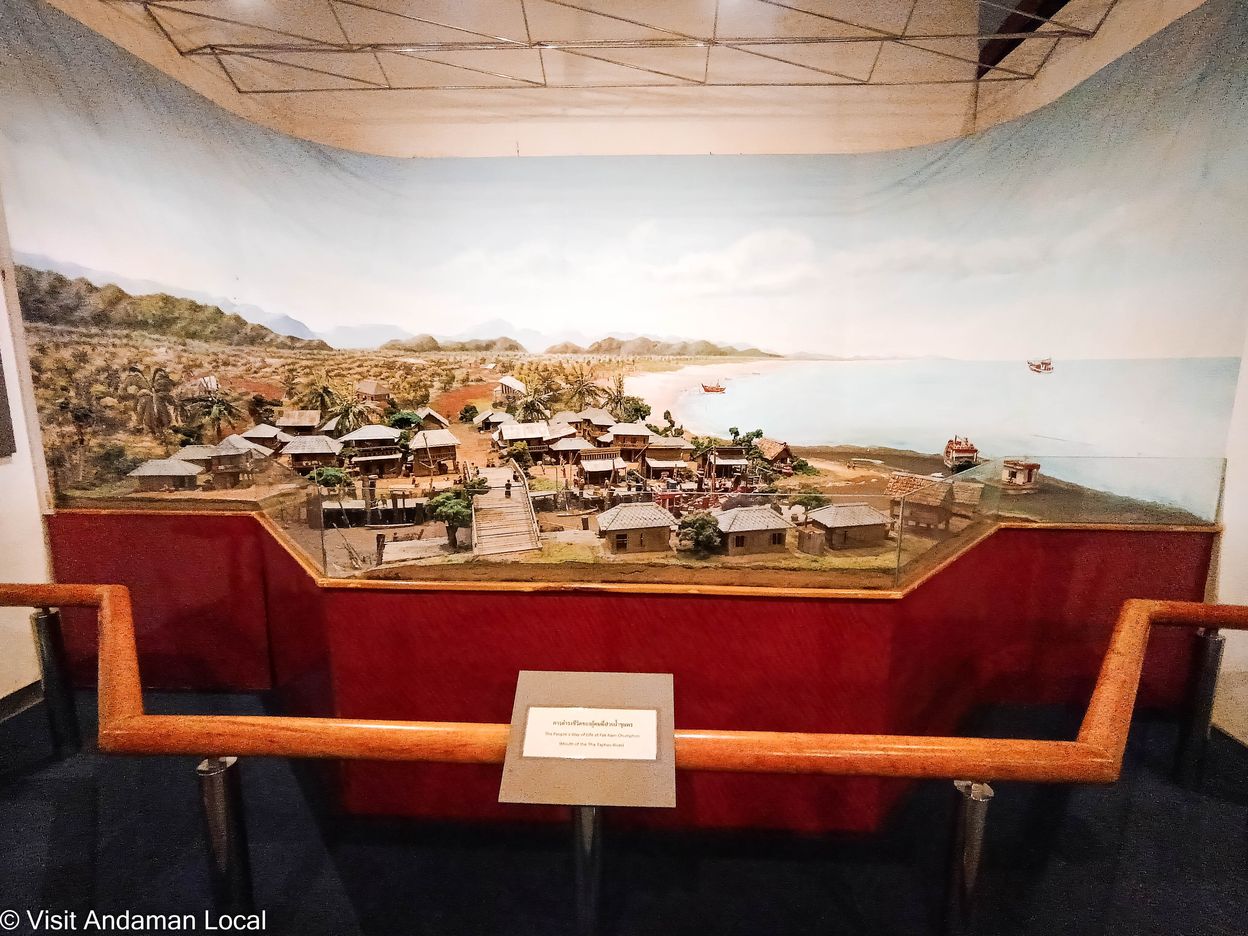
As you step inside further, you'll get to check out this model that shows how people used to live around Pak Nam, Chumphon back then.
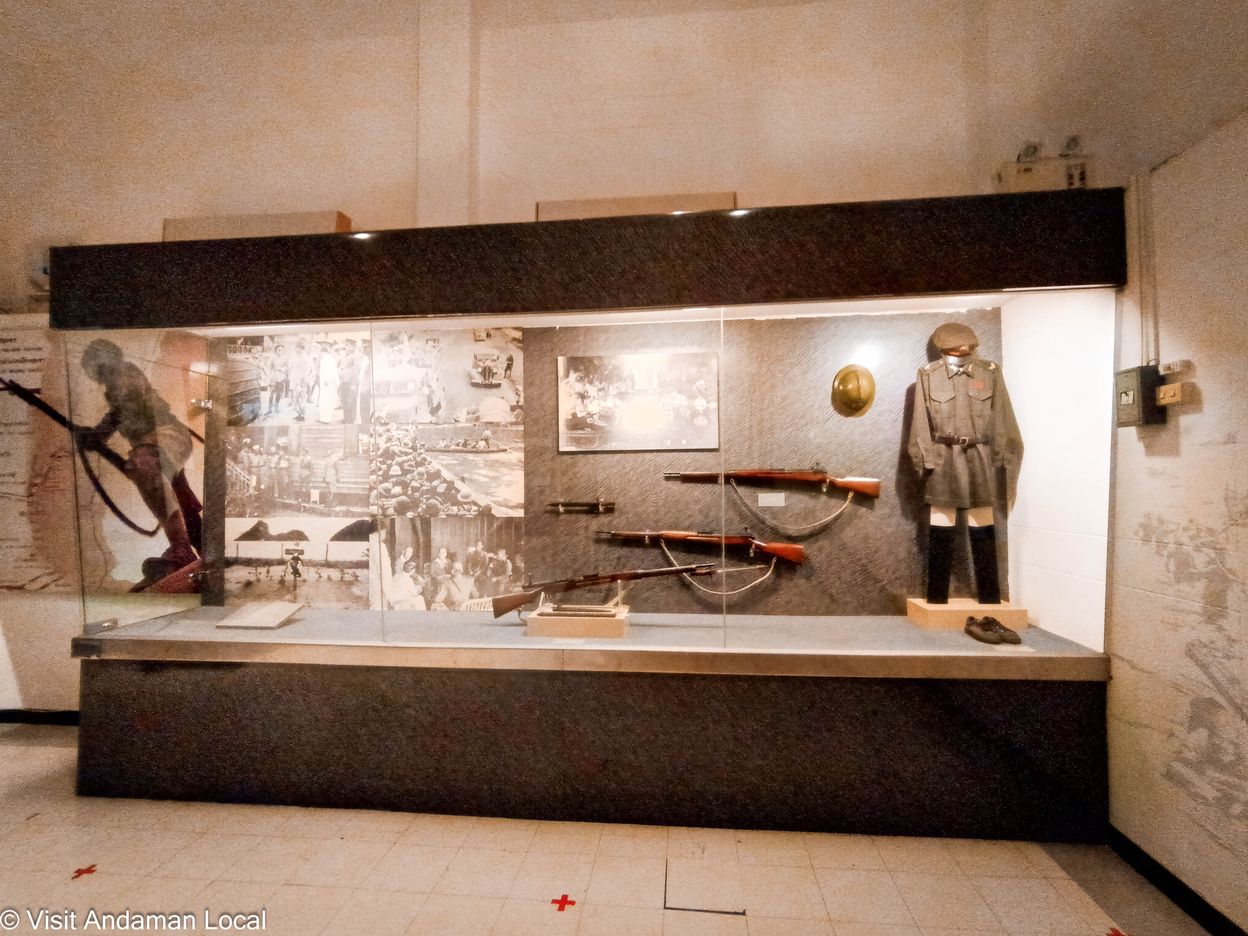
So, in the previous picture, if you walk a bit further in on the right-hand side, there's an entrance to the room showcasing Typhoon Gay. It was a really damaging storm for Chumphon, on 4th November 1989. While I was there visiting, they were actually in the process of upgrading the audio-visual system.
Once you step a little further into that room, you'll spot this glass cabinet showcasing vintage clothes and the World War II rifles of the soldiers who resisted the Japanese army's naval landing right in the middle of Ban Koo Son Bay, Chumphon Province.
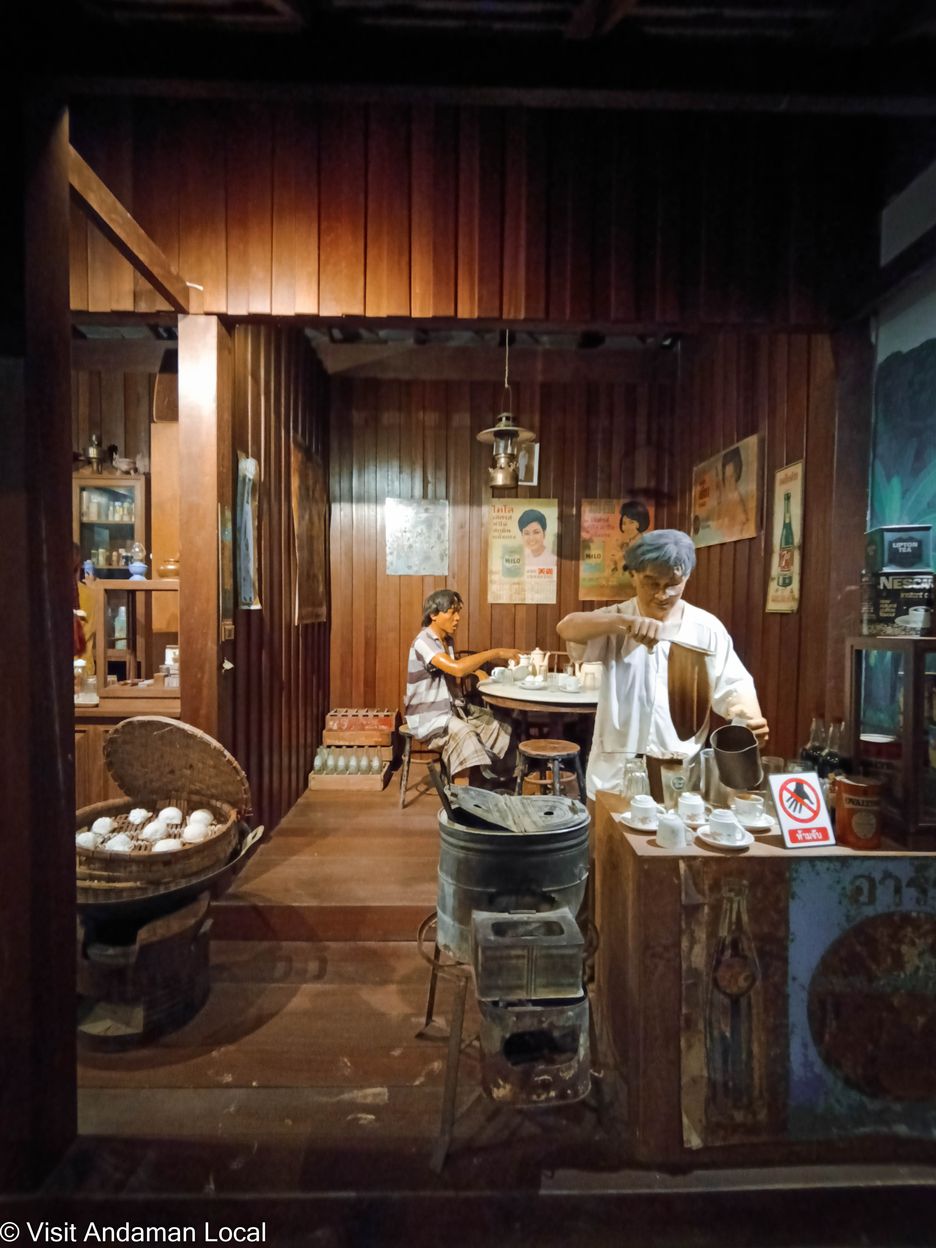
We're almost at the exit, and that's when we'll come across this big model that's recreating the way of life in Chumphon after World War II. Back in those post-war days, getting news was quite limited. When people usually wanted to hear the news, they'd gather around and listen at a coffee shop in town.
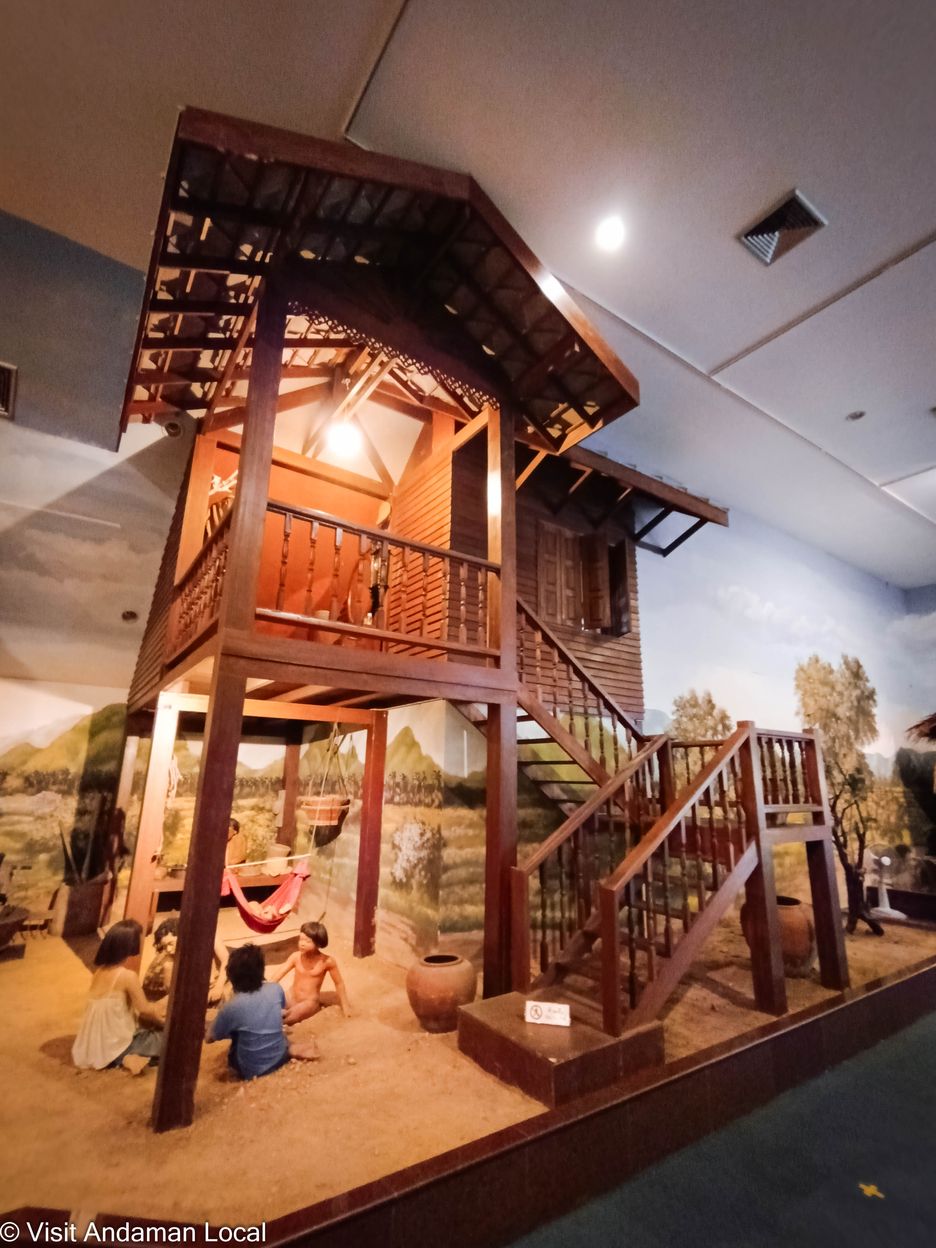
There's this tall wooden building, like the kind you'd commonly see during World War II.
Wat Phra Borommathat Sawi
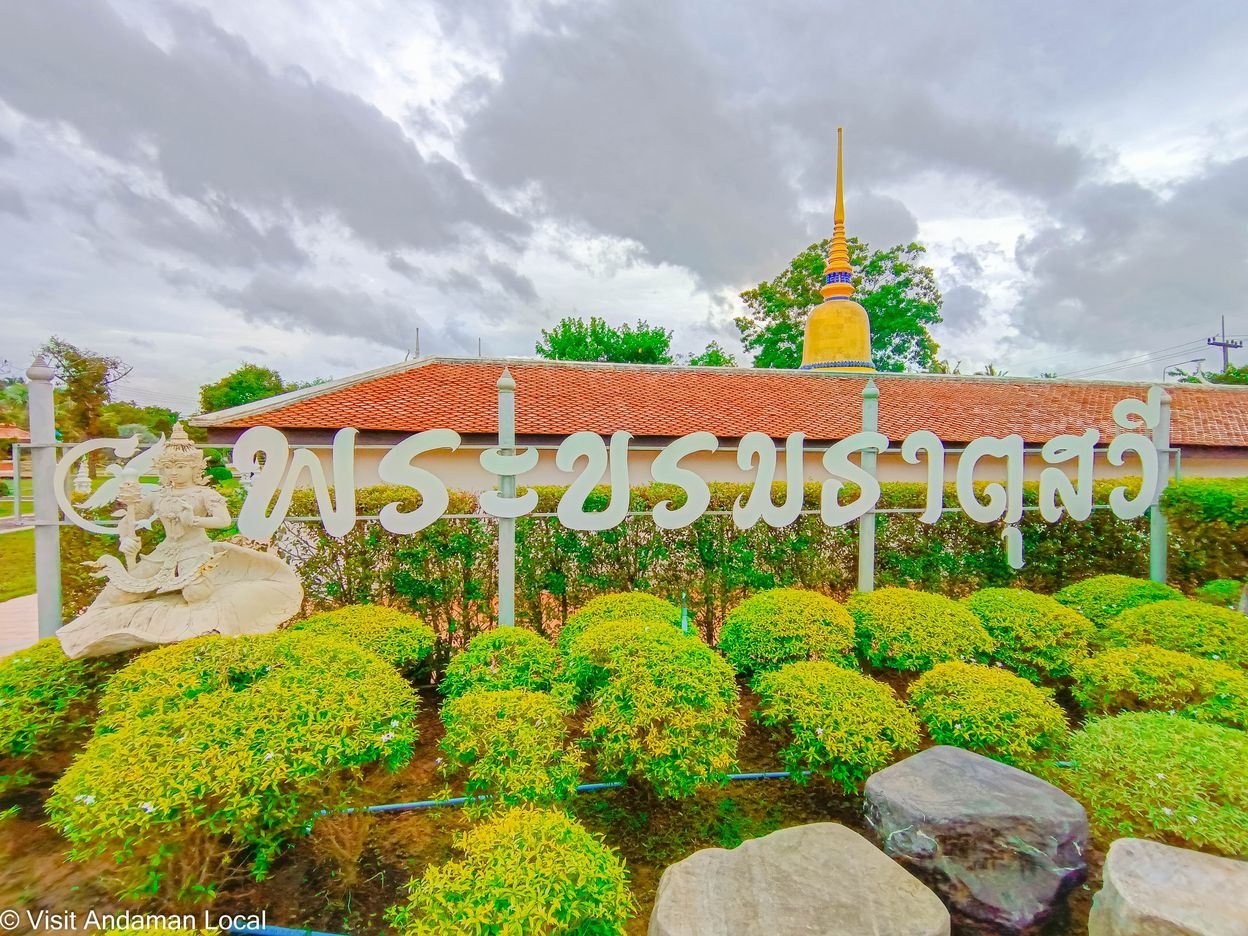
After we finished our visit to the Chumphon National Museum, it was around noon, so we decided to grab a meal. Once we were done eating, we headed to our next destination, which was Wat Phra Borommathat Sawi. I arrived there at around 2:30 PM. There was a light drizzle when I arrived, but it didn't really affect the experience of exploring Wat Phra Borommathat Sawi.
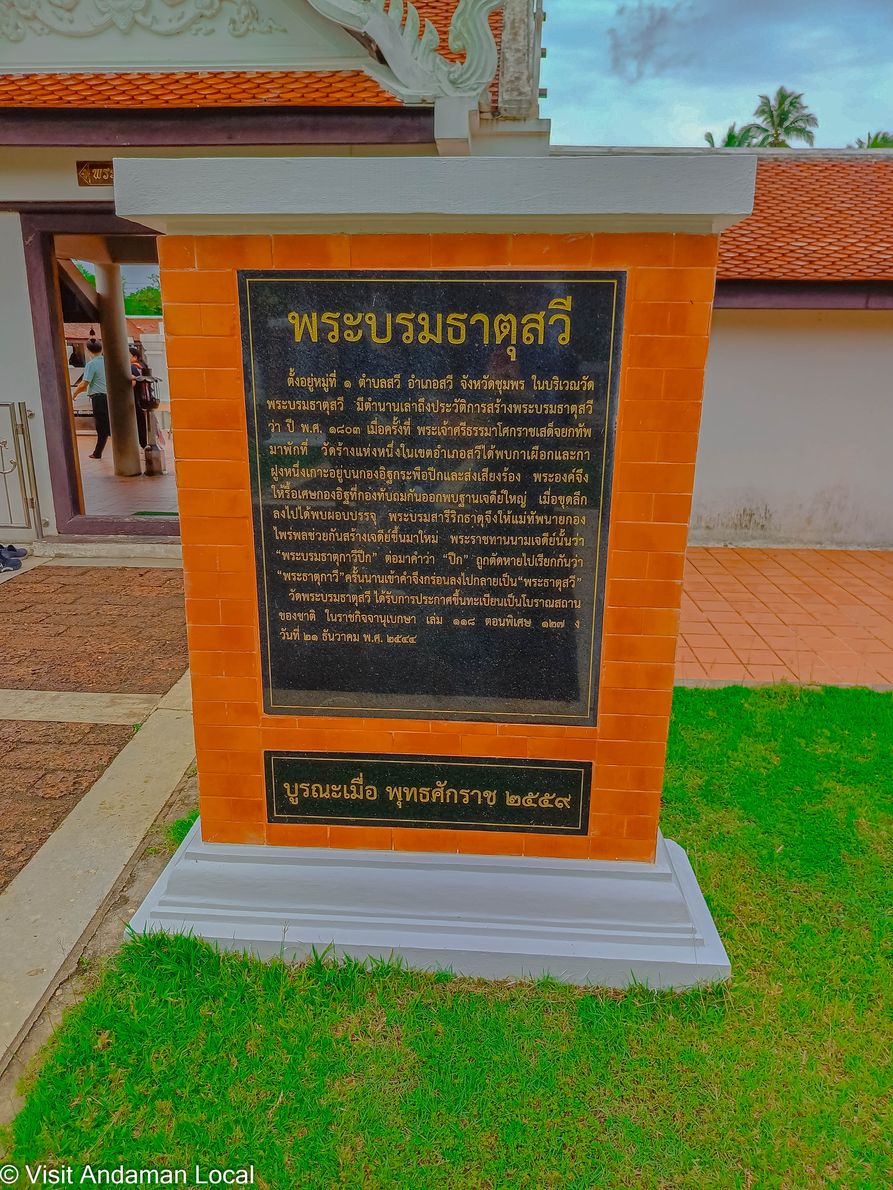
So, when you get to the entrance, there'll be info about Wat Phra Borommathat Sawi for you to check out.
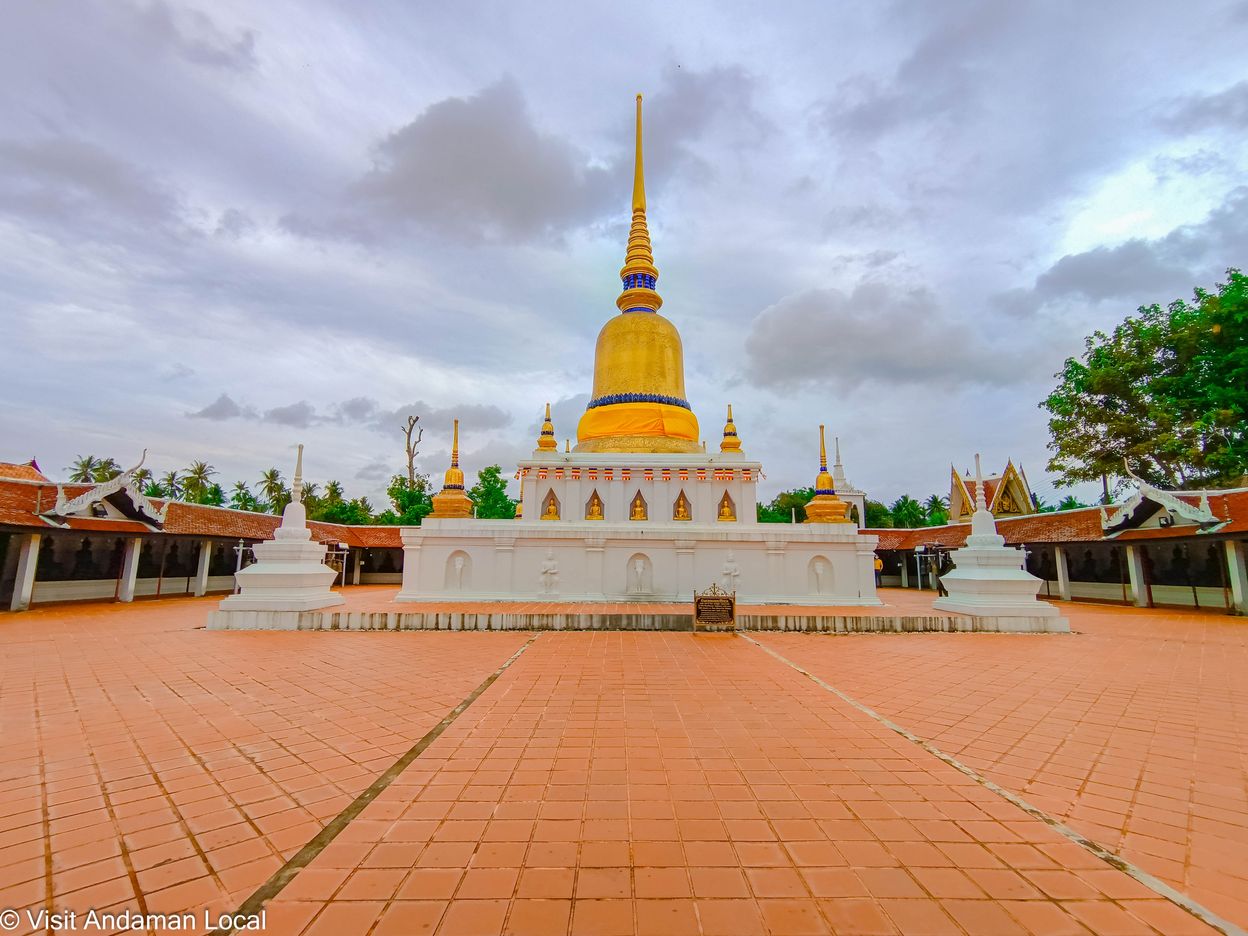
When we slip off our shoes and step inside, we'll come across the Phra Borommathat Sawi.
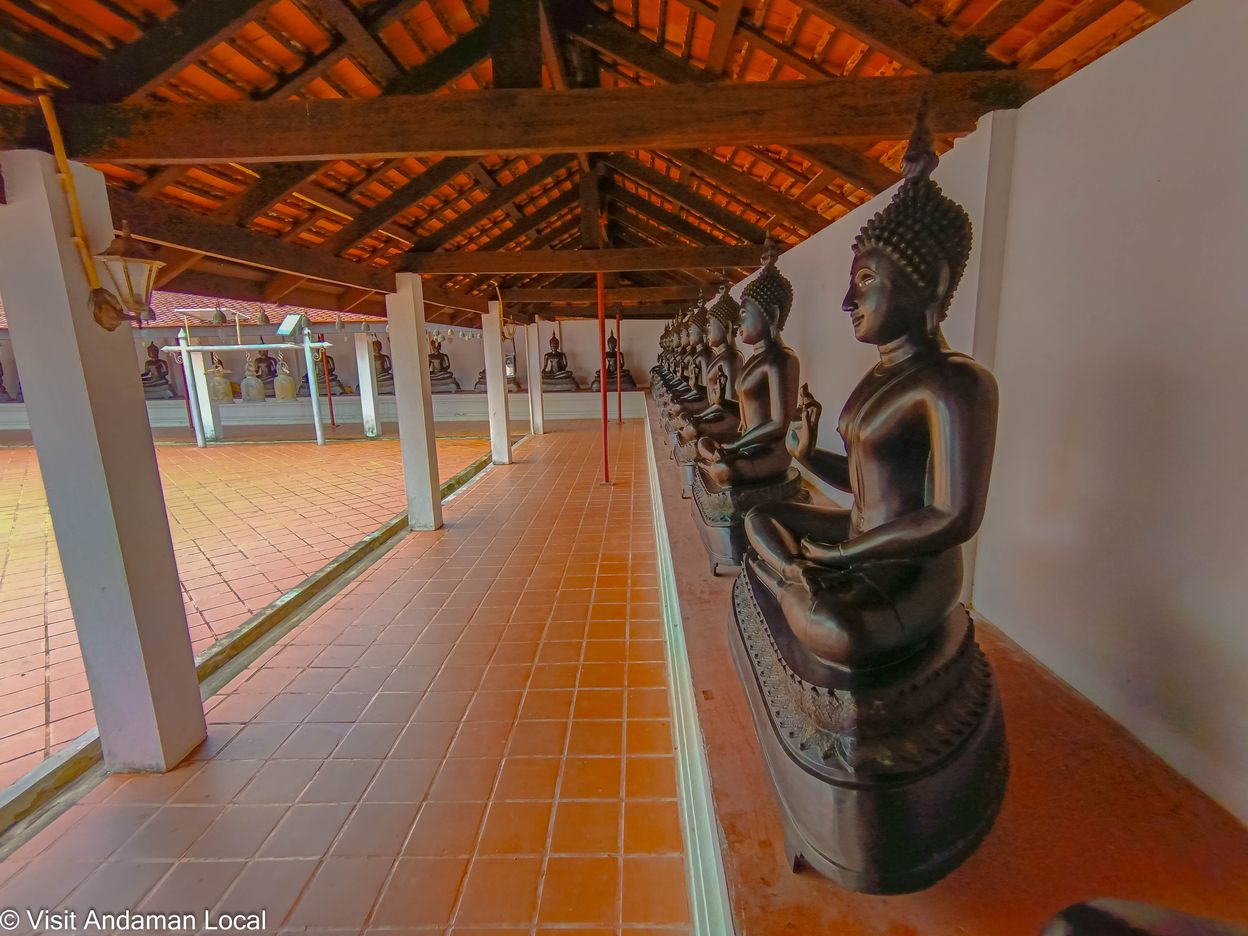
Around the Phra Borommathat Sawi, there's long pathway on all four sides, and it's lined with Buddha statues throughout the walk. You can just stroll along the pathway and take in the different angles and views around the Phra Borommathat Sawi.
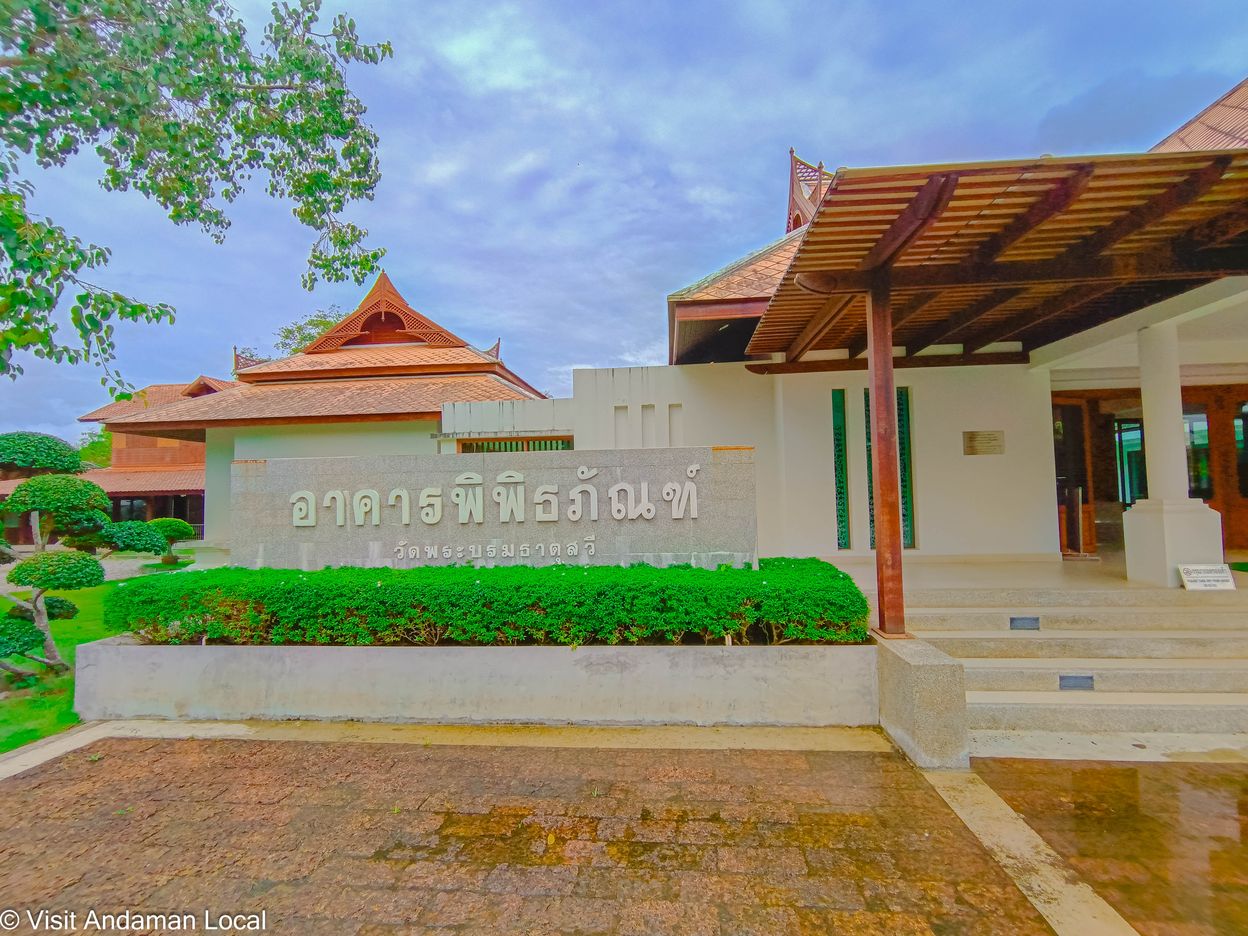
In front of the entrance where you park your car, there's going to be a museum building for Wat Phra Borommathat Sawi, where we can go take a look and all.
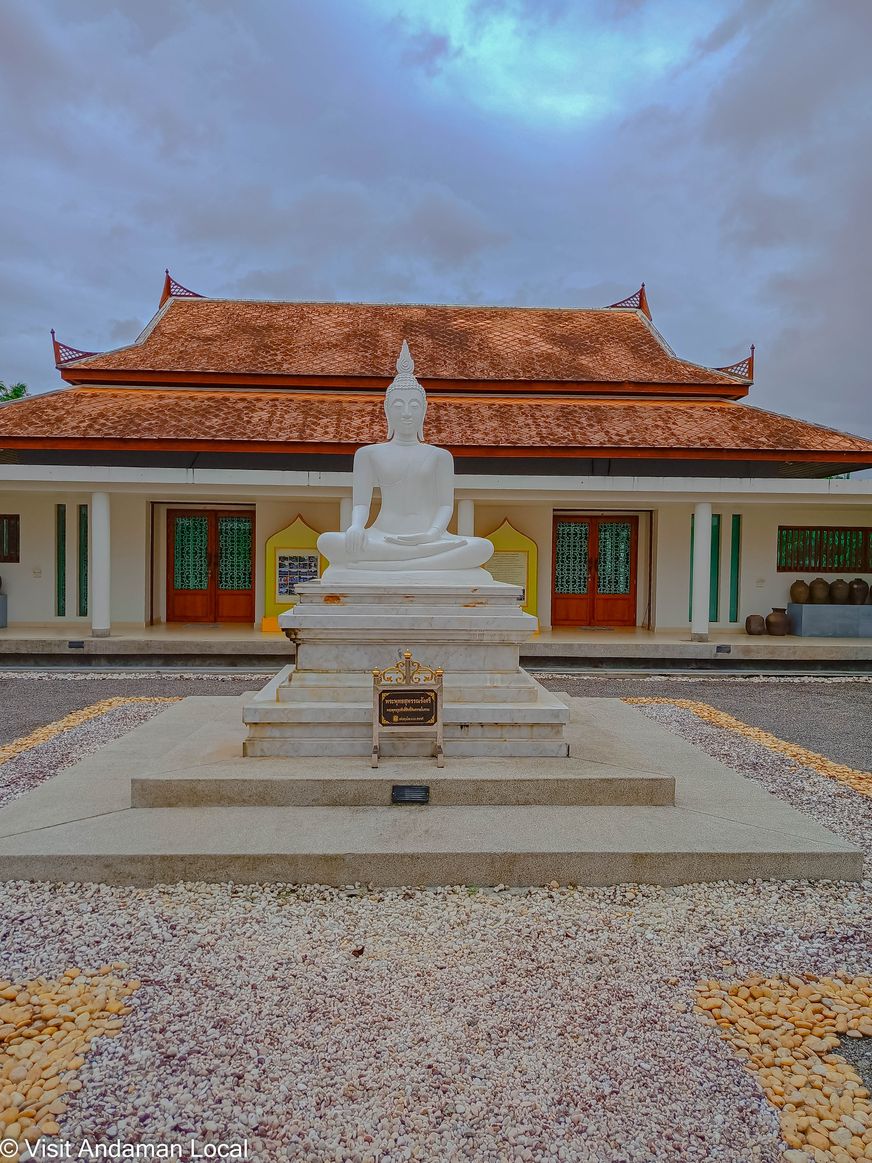
Inside the museum's courtyard, you'll find an ancient sandstone statue of the Buddha, known as Phra Phuttha Supan Rangsri.
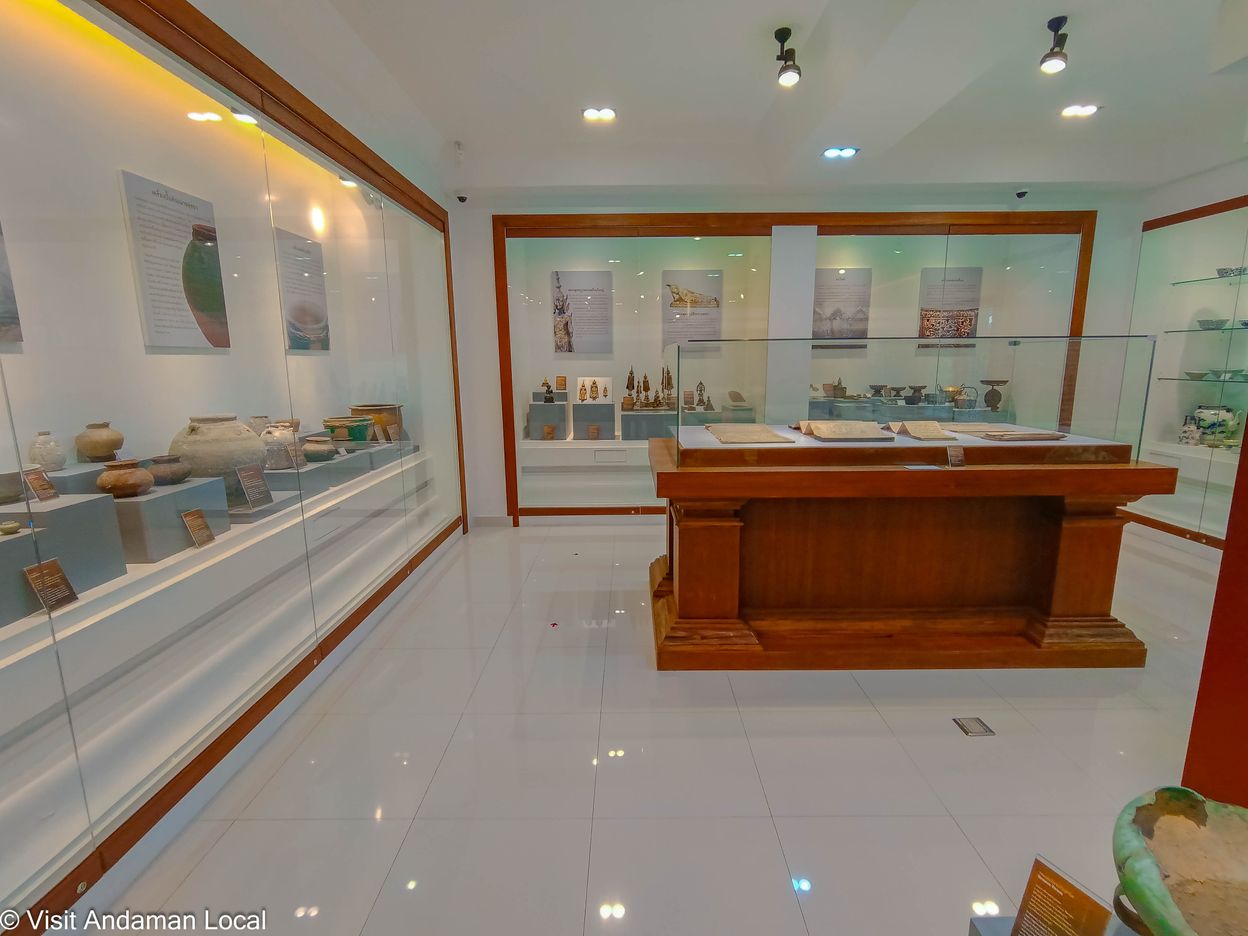
Inside the museum building, they have ancient artifacts on display and the story about the history of Wat Phra Borommathat Sawi.
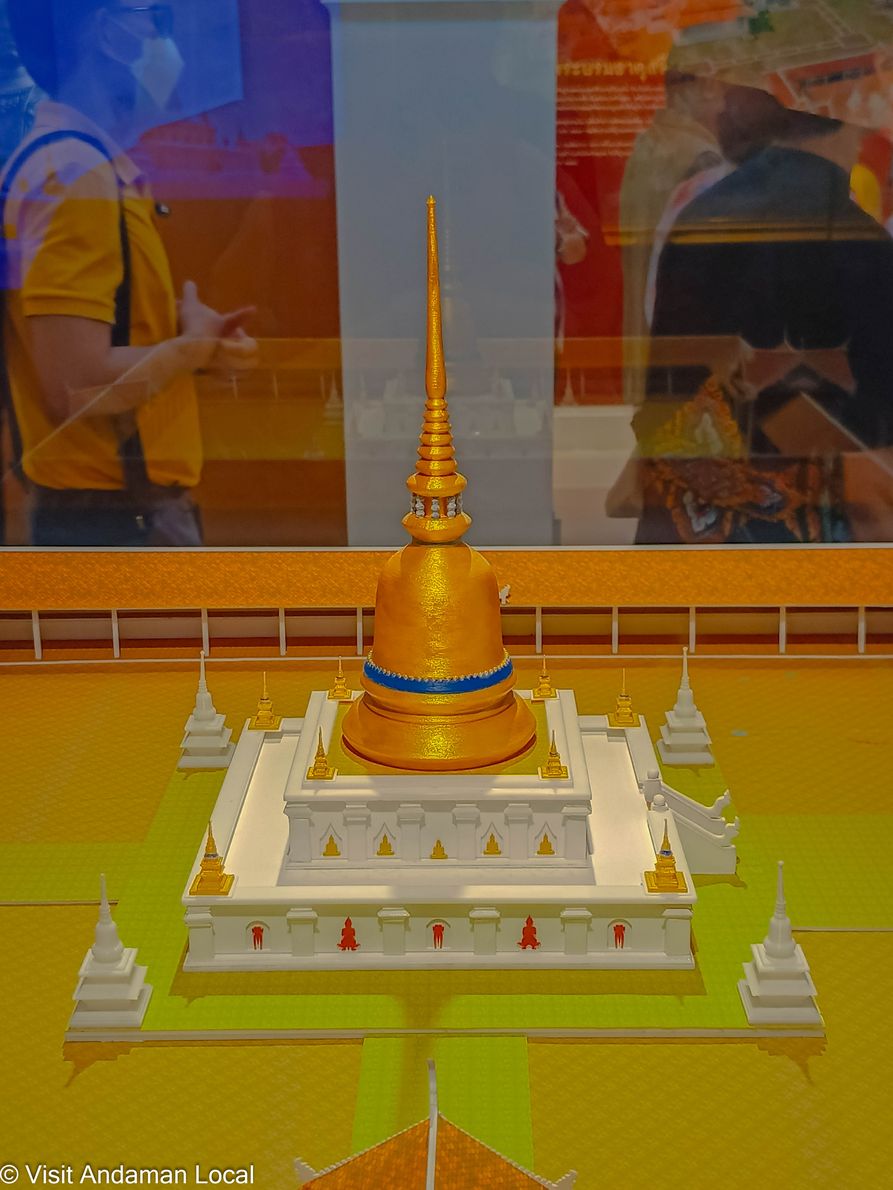
Wat Phra Borommathat Sawi model.
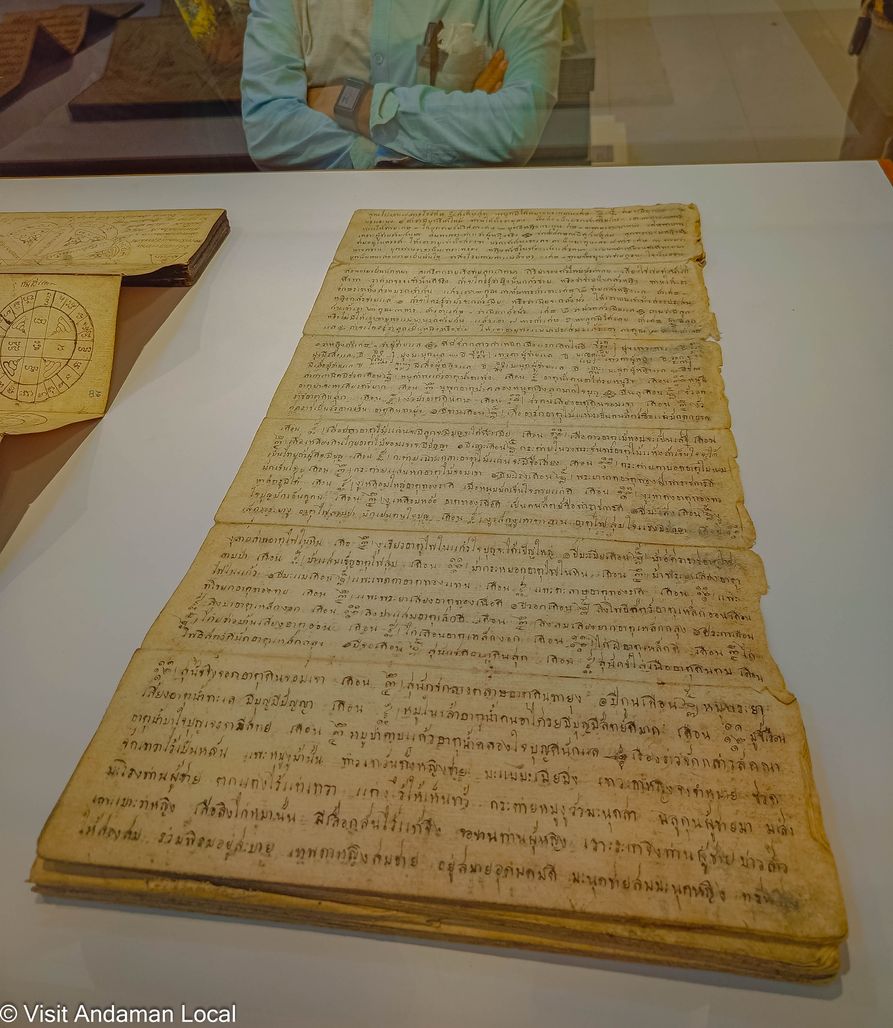
The books people used for learning back in the old days.
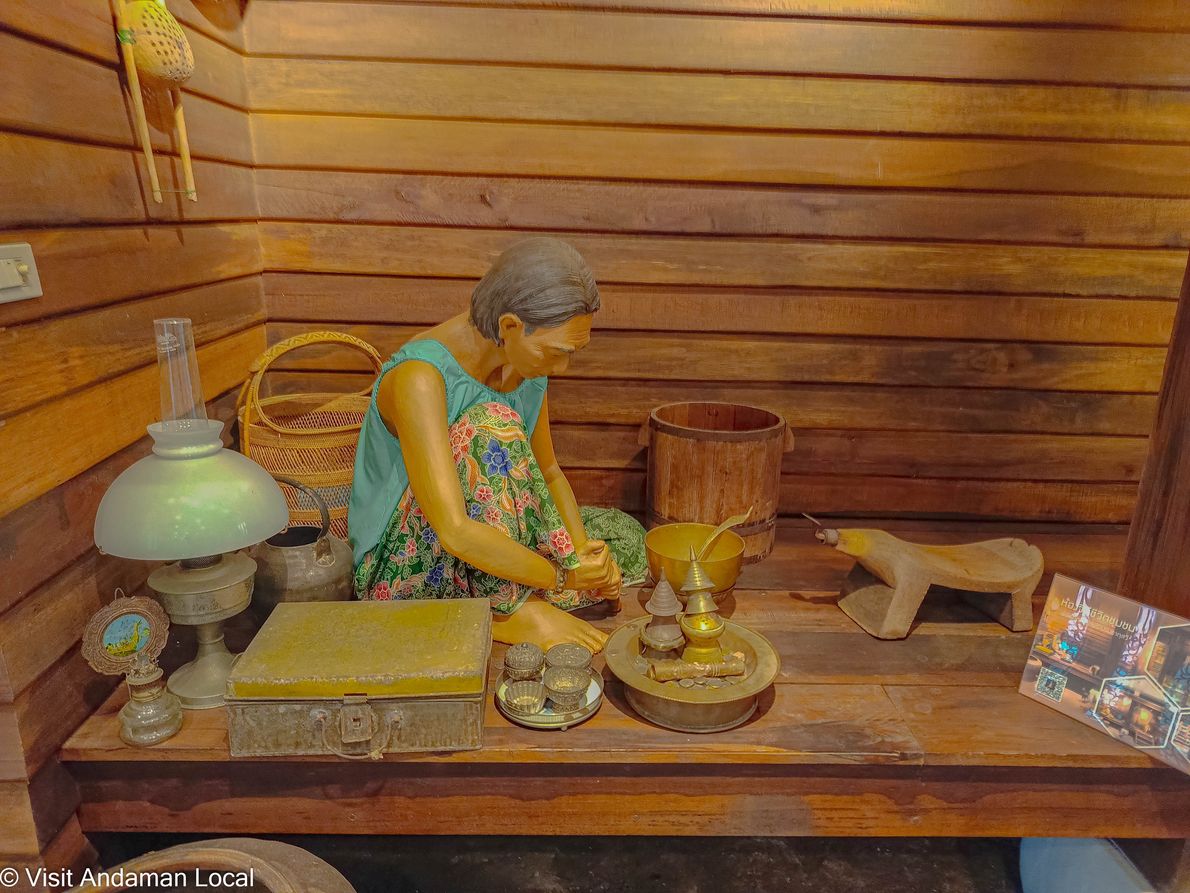
This is a model of how people in Chumphon used to live back in the old days.
Krom Luang Chumphon Khet Udomsak Shrine
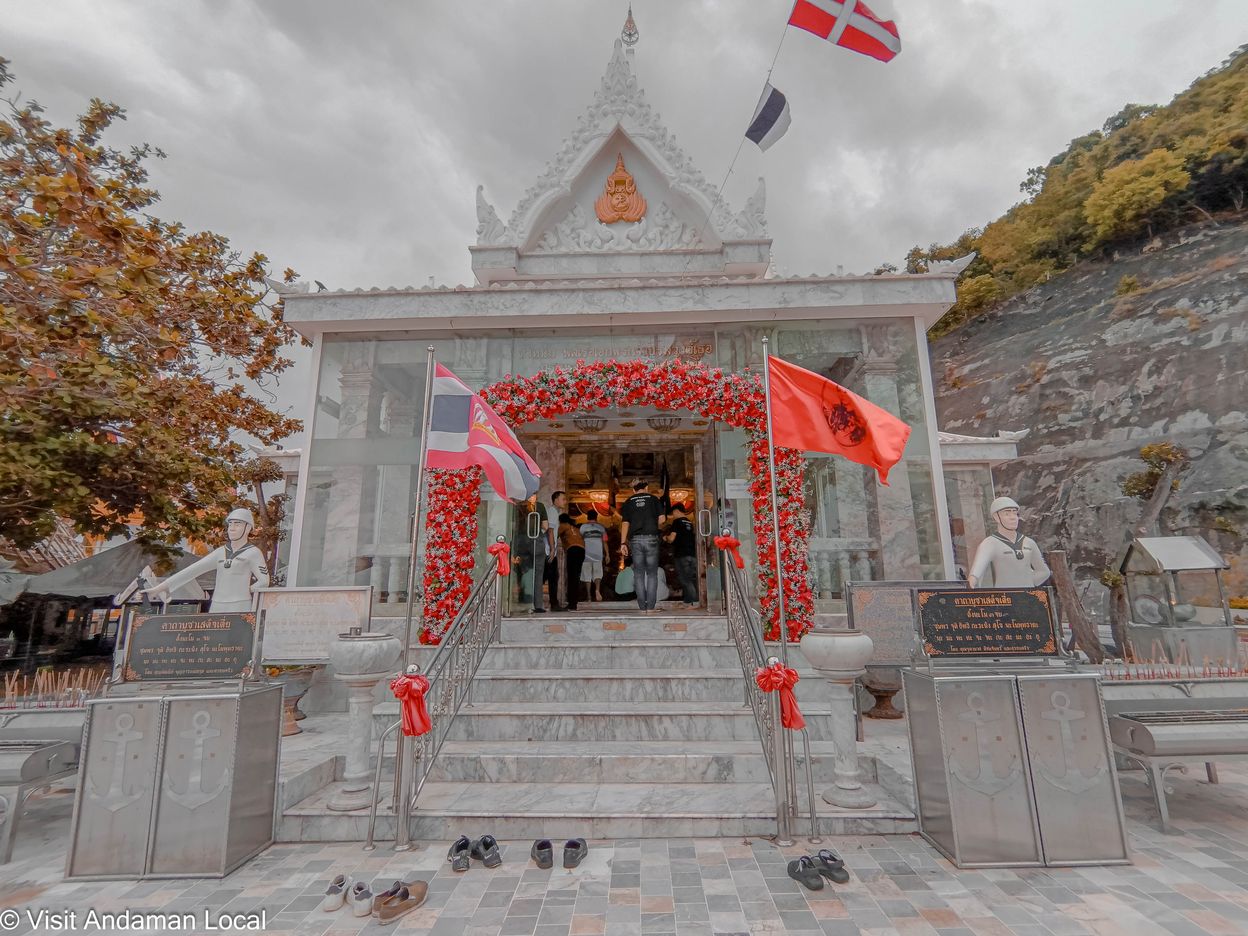
The final place for today was Krom Luang Chumphon Khet Udomsak Shrine. I got here around 4:00 PM. When we arrived, the sky had thick clouds but no rain yet. However, after a while, the rain started pouring heavily.
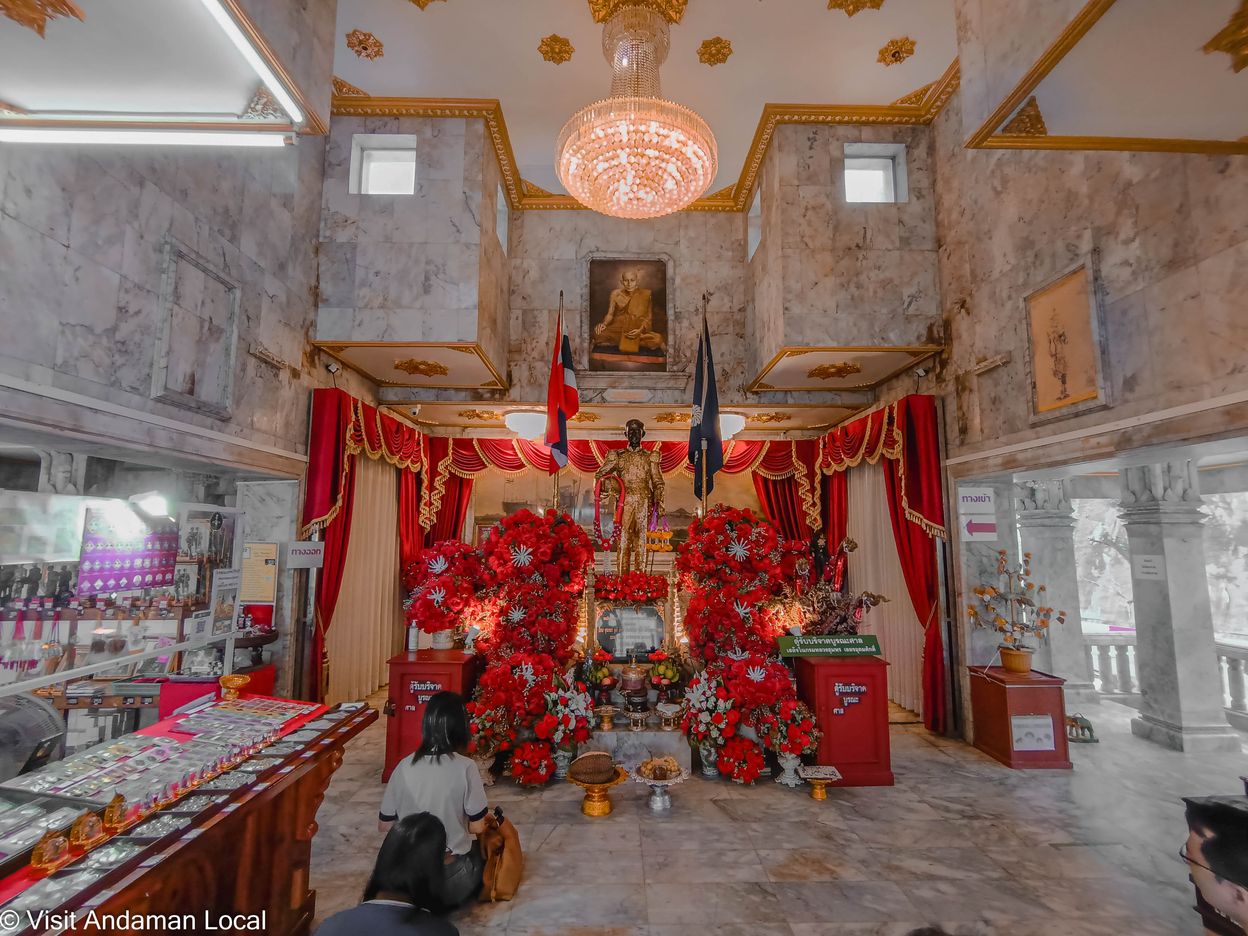
Inside the Krom Luang Chumphon Khet Udomsak Shrine.
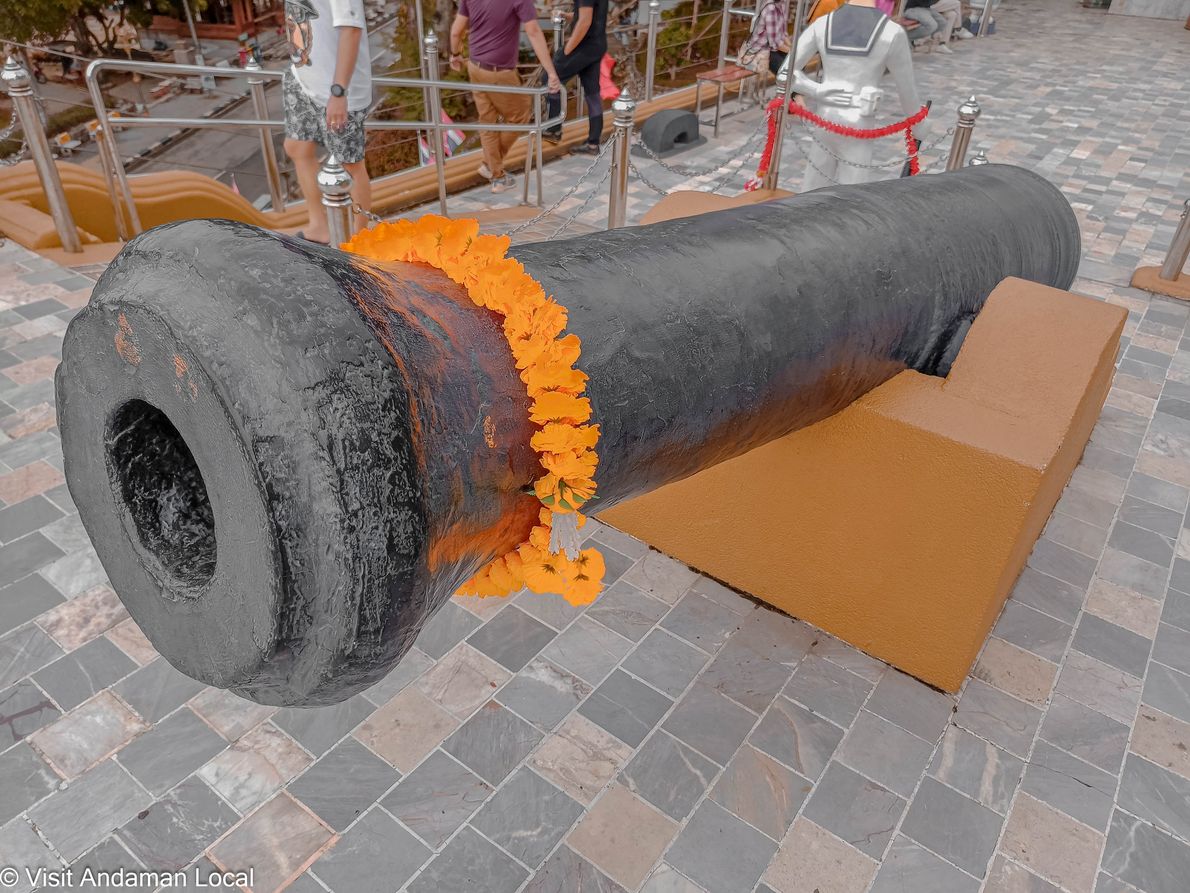
Outside, there's a cannon.
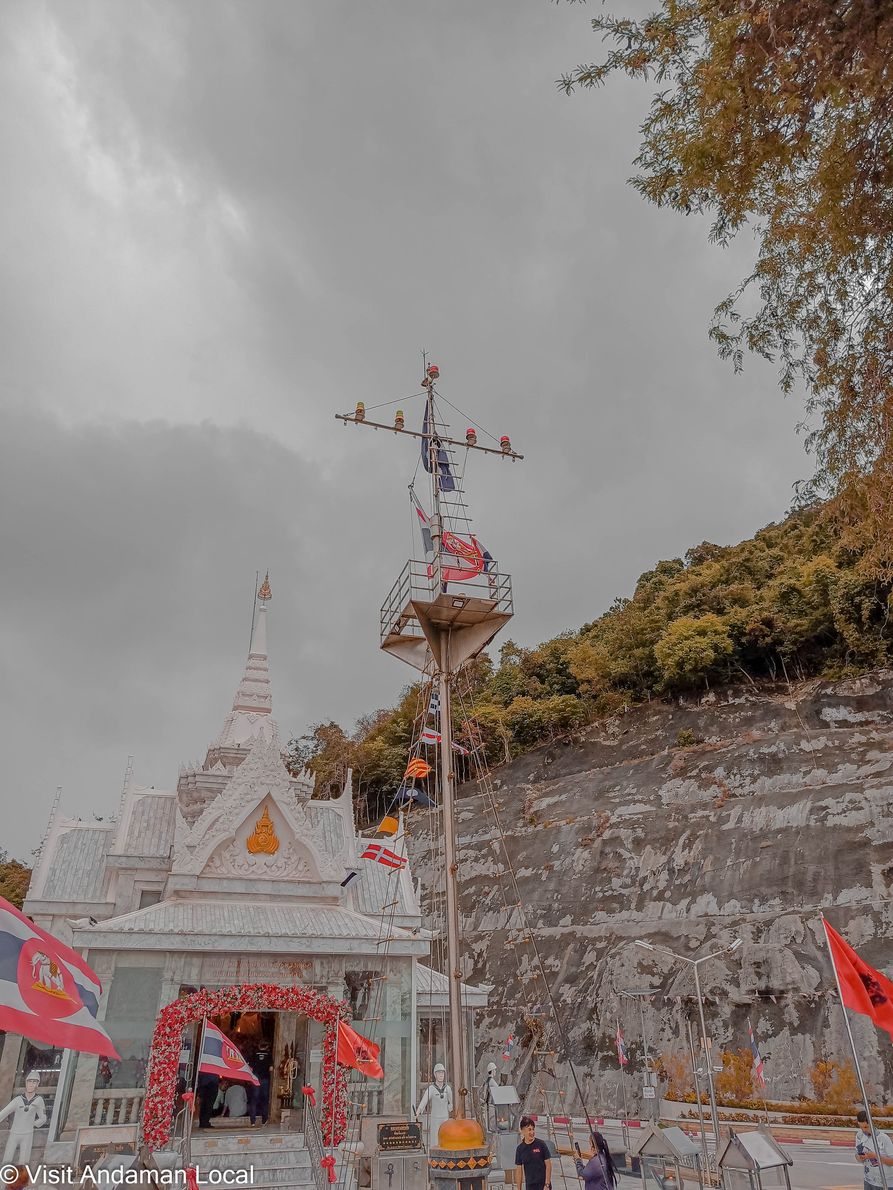
Just a little way apart, you'll come across a warship mast.
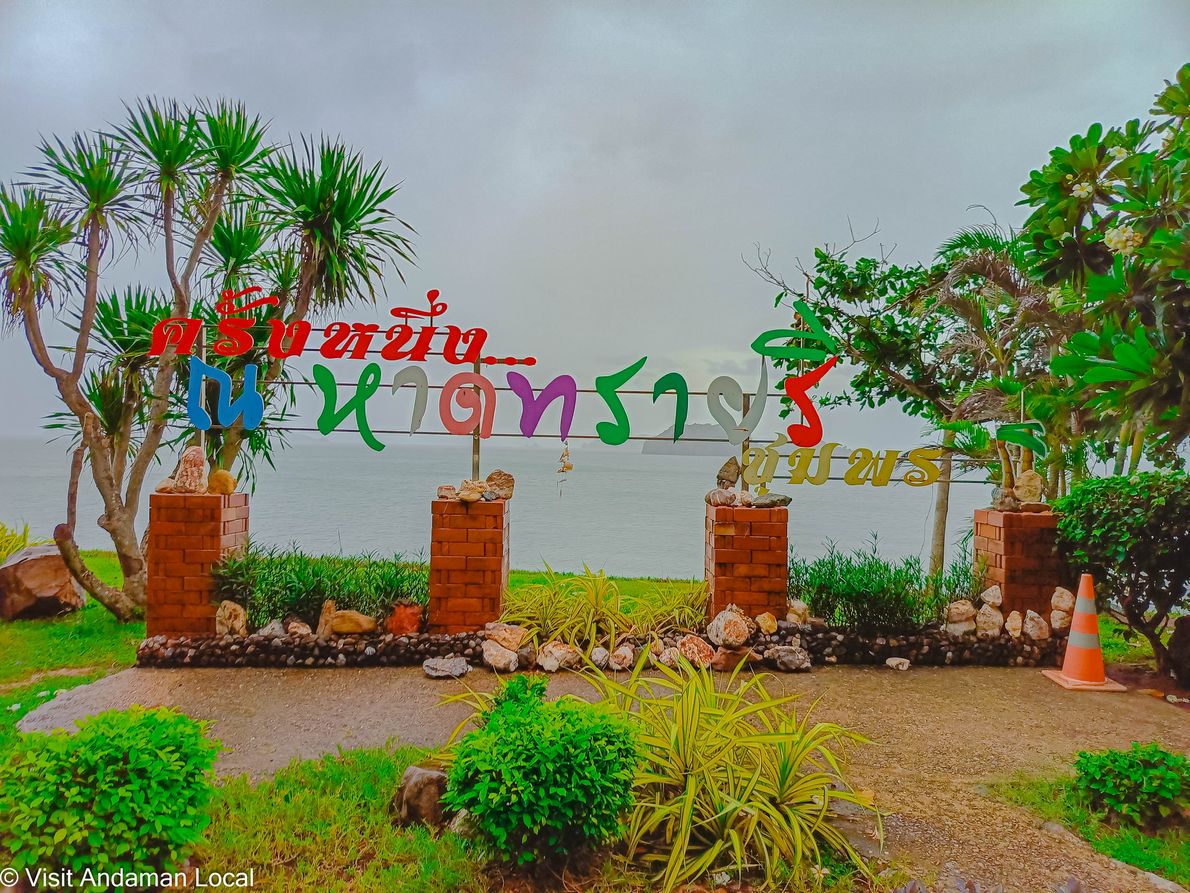
If you keep walking along the road, you'll eventually come across this sign. And if you happen to walk past this sign, you'll hit a bathroom.
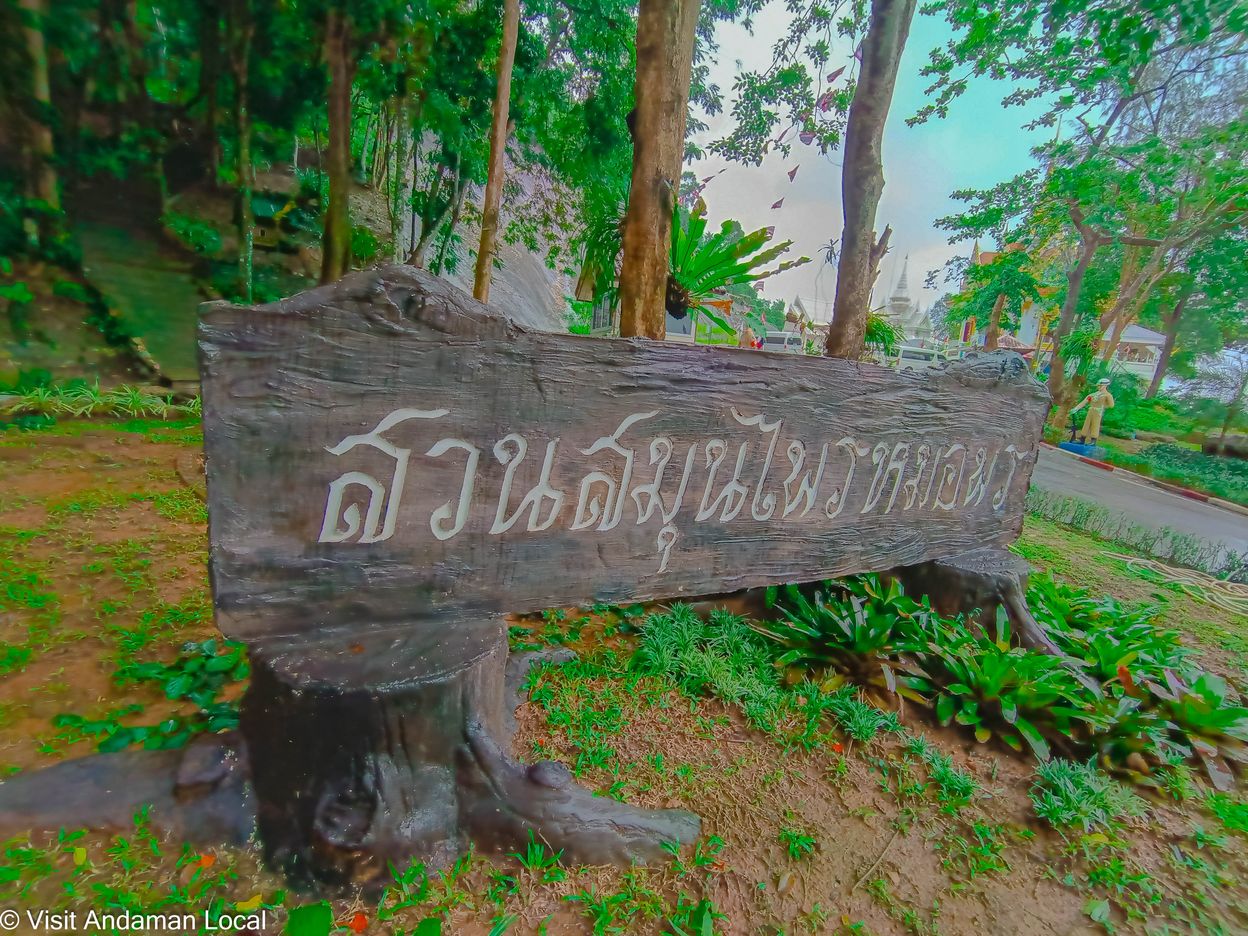
But if we walk back down below, we'll come across an herb garden known as Mhor Phon's Herbal Garden. Mhor Phon is another name for Krom Luang Chumphon Khet Udomsak. It's located around the lower hill area, close to the entrance.
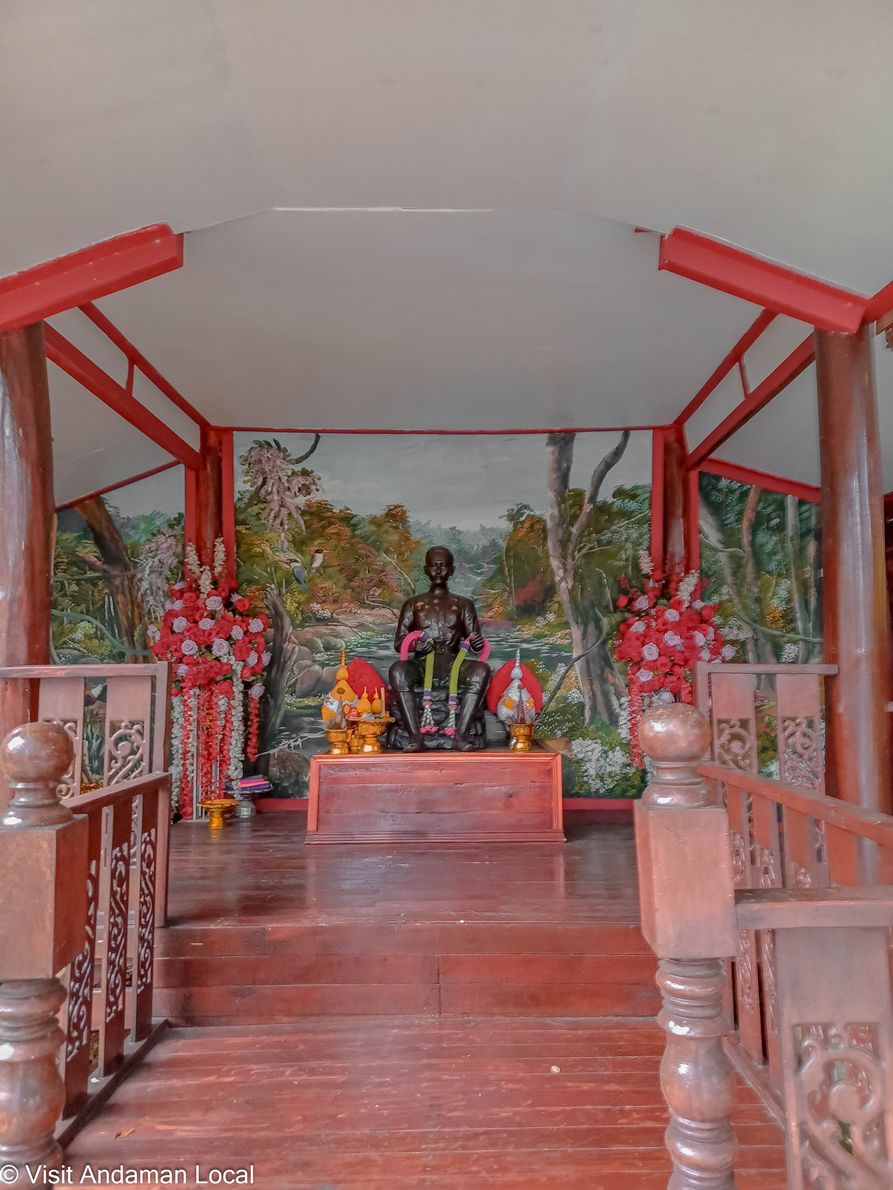
Right nearby, you'll also find the old Krom Luang Chumphon Khet Udomsak Shrine.
Sum up for this trip:
• Chumphon National Museum 11:30 AM
• Wat Phra Borommathat Sawi 02:30 PM
• Krom Luang Chumphon Khet Udomsak Shrine 04:00 PM
If you're using Google Maps for navigation. You can check the route of this trip from this link.
The first day of the trip has already come to an end, and we have two more days left. We'll see where the next two days will take us. I hope we'll catch up again in the next article. Looking forward to that!
Author: Akiraz
Images














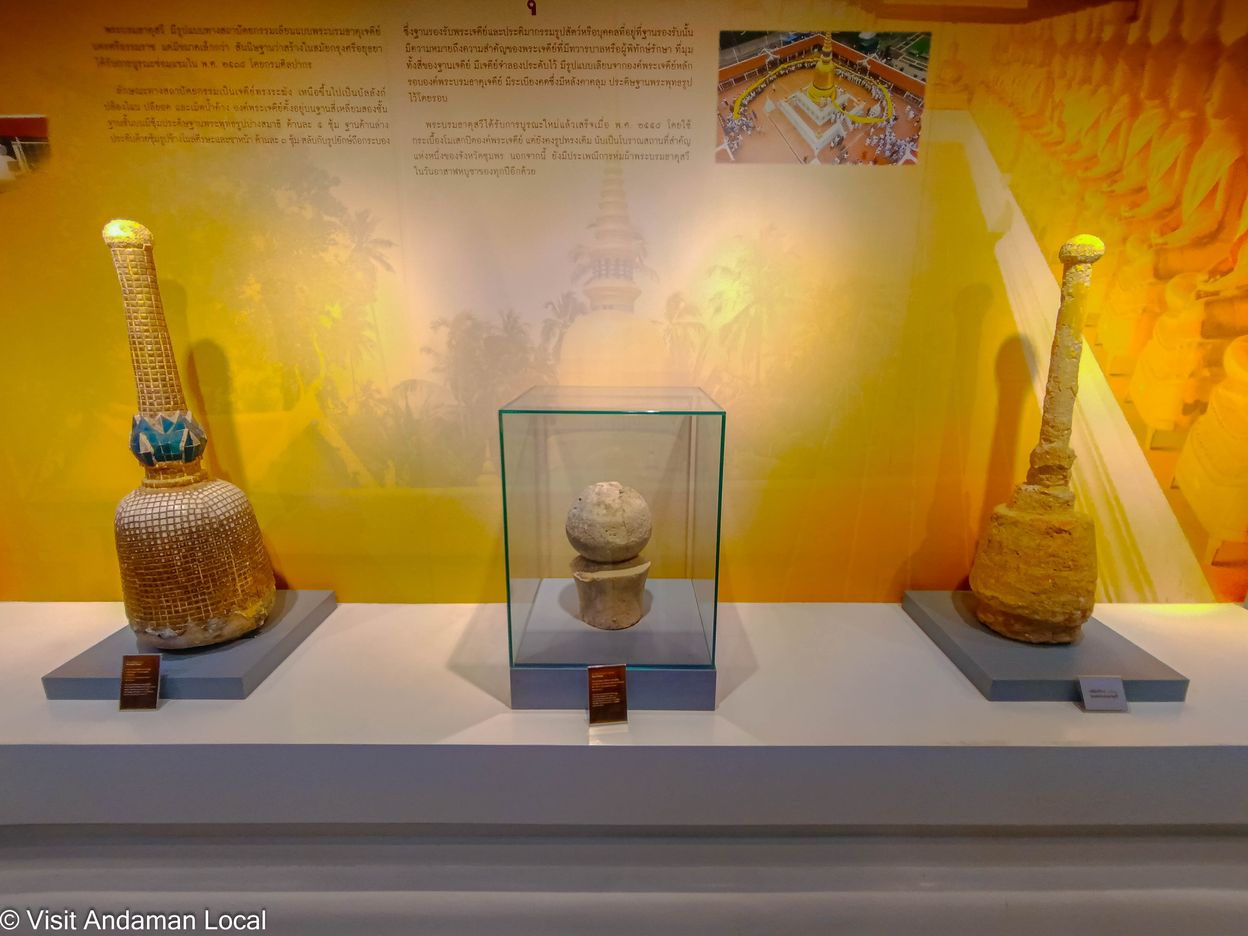















0 Reviews